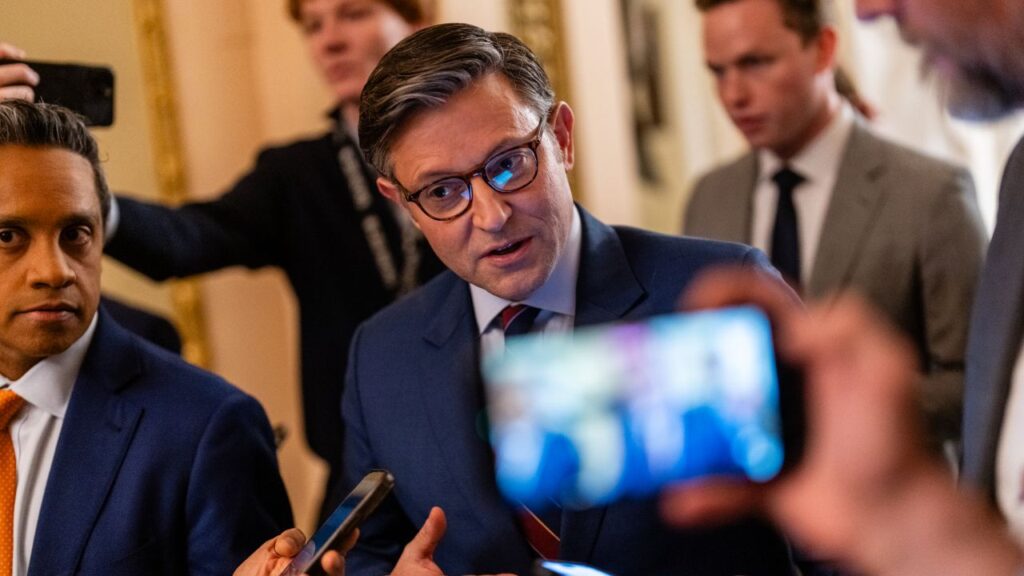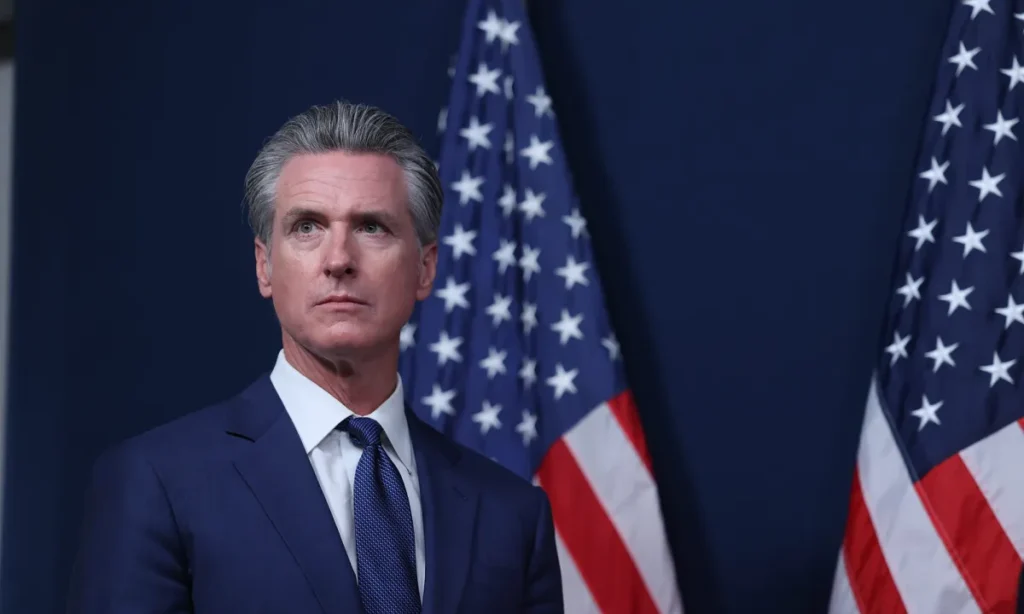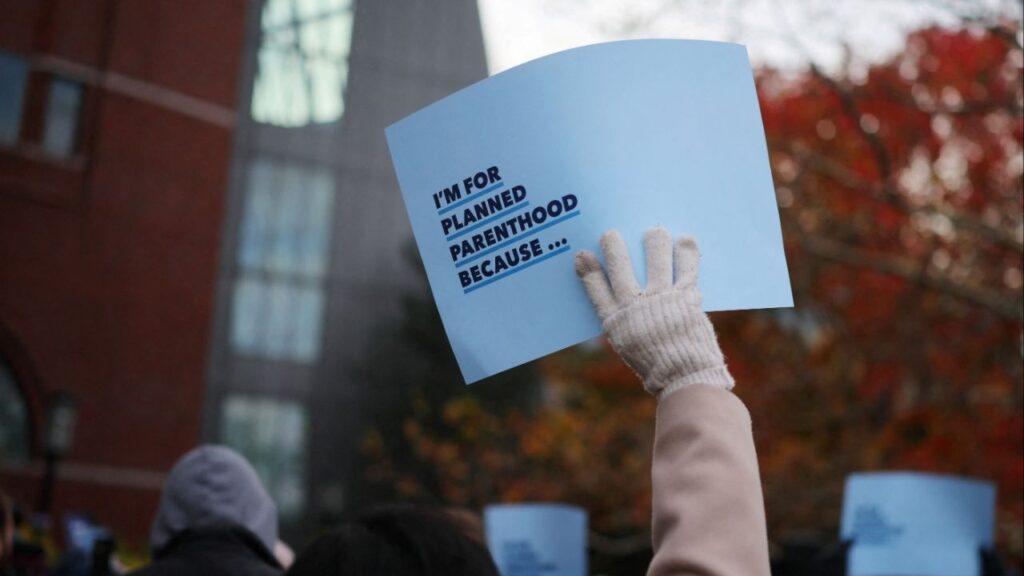Iran's currency plummets to historic low amid regional tensions and energy crisis, signaling economic challenges. (AP/Vahid Salemi)

- The Iranian rial's value has dropped over 10% since Trump's election, trading at 777,000 rials to the dollar.
- Iran's energy crisis worsens, leading to closures of schools, universities, and government offices.
- President Pezeshkian faces challenges in easing Western sanctions and stabilizing the struggling economy.
Share
TEHRAN, Iran — The Iranian rial on Wednesday fell to its lowest level in history, losing more than 10% of value since Donald Trump won the U.S. presidential election in November and signaling new challenges for Tehran as it remains locked in the wars raging in the Middle East.
The rial traded at 777,000 rials to the dollar, traders in Tehran said, down from 703,000 rials on the day Trump won.
Iran’s Central Bank has in the past flooded the market with more hard currencies in an attempt to improve the rate.
In an interview with state television Tuesday night, Central Bank Gov. Mohammad Reza Farzin said that the supply of foreign currency would increase and the exchange rate would be stabilized. He said that $220 million had been injected into the currency market.
Related Story: Two Charged in Connection With Iran-Backed Drone Strike That Killed 3 US Troops ...
Energy Crisis Compounds Economic Woes
The currency plunged as Iran ordered the closure of schools, universities, and government offices on Wednesday due to a worsening energy crisis exacerbated by harsh winter conditions. The crisis follows a summer of blackouts and is now compounded by severe cold, snow and air pollution.
Despite Iran’s vast natural gas and oil reserves, years of underinvestment and sanctions have left the energy sector ill-prepared for seasonal surges, leading to rolling blackouts and gas shortages.
In 2015, during Iran’s nuclear deal with world powers, the rial was at 32,000 to $1. On July 30, the day that Iran’s reformist President Masoud Pezeshkian was sworn in and began his term, the rate was 584,000 to $1.
Trump unilaterally withdrew America from the accord in 2018, sparking years of tensions between the countries that persist today.
Related Story: The Syrian Upheaval Has Iranian Leaders Reeling, Too
Sanctions and Nuclear Program Impact Economy
Iran’s economy has struggled for years under crippling international sanctions over its rapidly advancing nuclear program, which now enriches uranium at near weapons-grade levels.
Pezeshkian, elected after a helicopter crash killed hard-line President Ebrahim Raisi in May, came to power on a promise to reach a deal to ease Western sanctions.
Tensions still remain high between the nations, 45 years after the 1979 U.S. Embassy takeover and the 444-day hostage crisis that followed. Before the revolution, the rial traded at 70 for $1.
Related Story: IAEA Chief: Iran Is Poised to ‘Quite Dramatically’ Increase ...
Regional Conflicts Add to Pressure
Iran remains deeply involved in the Middle East conflicts that have roiled the region, with its allies battered — including the militant groups and fighters of its self-described “axis of resistance,” such as Palestinian Hamas, Lebanon’s Hezbollah and Yemen’s Houthi rebels.



















